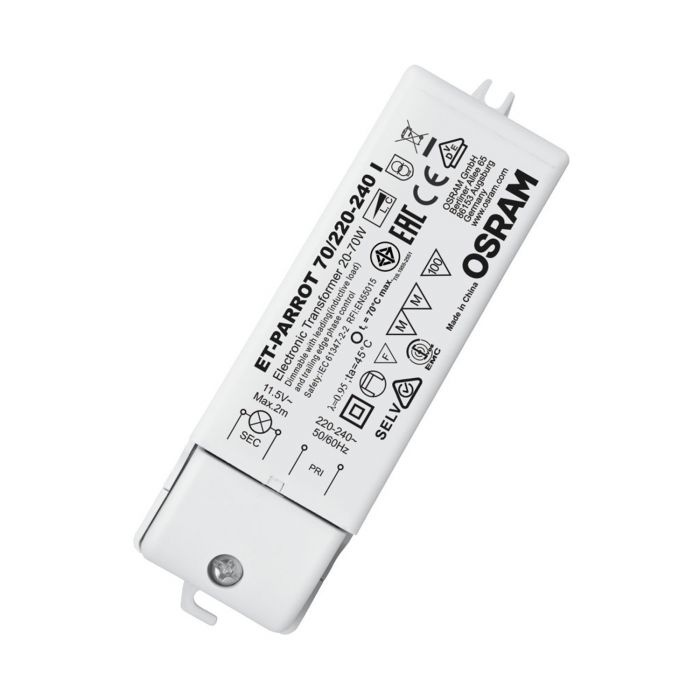Transformers are essential devices in the field of electrical engineering, responsible for transferring electrical energy between circuits. Efficiency, a crucial aspect of any electrical system, determines how effectively a transformer can convert input power to output power. In this blog post, we will explore the concept of transformer efficiency and delve into the question: Can a transformer be 100% efficient?
Section 1: Understanding Transformer Efficiency
To comprehend the possibility of achieving 100% efficiency in transformers, we must first grasp the fundamentals of efficiency calculations. Efficiency is defined as the ratio of output power to input power, expressed as a percentage. In an ideal scenario, a transformer would exhibit 100% efficiency, meaning no power losses occur during the energy transfer process.
Section 2: Factors Affecting Transformer Efficiency
While the concept of 100% efficiency may seem desirable, various factors limit the attainability of this ideal state. This section will explore the key factors that impact transformer efficiency:
- Copper Losses: Transformers experience resistive losses due to the flow of current through their windings. These losses, known as copper losses, result in the conversion of electrical energy into heat.
- Iron Losses: Magnetic materials used in transformers, such as the core, exhibit hysteresis and eddy current losses. Hysteresis losses occur due to the reversal of magnetization in the core, while eddy current losses arise from circulating currents induced in the core material.
- Leakage Flux: Transformers are designed to minimize leakage flux, which refers to the magnetic field lines that do not link both primary and secondary windings. However, some level of leakage flux is inevitable, leading to additional energy losses.
Section 3: Overcoming Efficiency Challenges
While achieving 100% efficiency remains elusive, advancements in transformer design and technology have significantly improved efficiency levels. This section will explore some strategies employed to enhance transformer efficiency:
- Core Materials: Utilizing high-quality magnetic materials with low hysteresis and eddy current losses can minimize energy losses associated with the core.
- Winding Design: Optimizing the winding design, such as using thicker conductors and reducing resistance, can help mitigate copper losses.
- Cooling Systems: Efficient cooling mechanisms, such as forced air or liquid cooling, can prevent excessive temperature rise and reduce energy losses.
Section 4: Practical Efficiency Levels
Despite continuous efforts to enhance transformer efficiency, practical limitations persist. Modern transformers typically achieve efficiency levels ranging from 95% to 99%. These values represent the best compromise between cost, size, and performance.
Conclusion:
In conclusion, while a transformer cannot achieve 100% efficiency due to inherent losses, significant progress has been made in improving efficiency levels. By understanding the factors influencing efficiency and implementing advanced design techniques, engineers continue to push the boundaries of transformer performance. Although perfection remains elusive, the pursuit of higher efficiency in transformers drives innovation and contributes to a more sustainable and energy-efficient future.



Average Rating